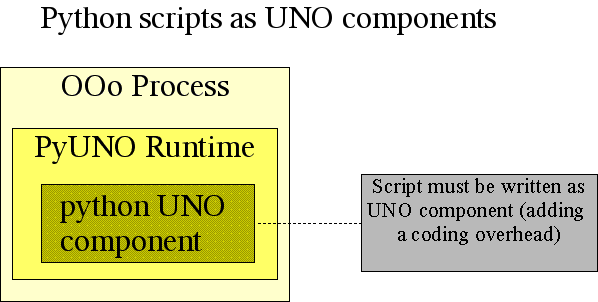Connect 4 Program Python Replacement
Welcome to LearnProgramming! Asking debugging questions When posting a question about code, you must include the following: • A. • A of the problem.
Jan 26, 2012. Neither the name of Synapse nor the names of contributors may be used to endorse or promote products derived from this software without specific prior written permission. This software. Where “x.y.z” will be replaced with the version number of the SNAP Connect release, in major.minor.build format, for. Algorithm to check a connect four field. I have not written Python code yet, but the algorithm should be applicable to any language with bit manipulation.

• A, and program that illustrates your problem. • The output you expected, and what you got instead.
If you got an error, include the full error message. See for more info. Dy Medley Assamese Mp3 Songs Free Download here. Asking conceptual questions Many conceptual questions have already been asked and answered.
Read our page and search old posts before asking your question. Soundlib G-Player Vsti V1.2.1-Air. If your question is similar to one in the FAQ, explain how it's different. See for more info.
Other guidelines and links • • • • • Subreddit rules • Do not delete your posts! Your problem may be solved, but others who have similar problems could profit from the solution/discussion in the thread. Use the 'solved' flair instead. • No Rewards: You may not ask for or offer payment when giving or receiving help.
• Good Content: Any external resources linked to should be up-to-date and correct. • Good Comments: Abusive, racist, or derogatory comments towards individuals or groups are not permitted. • No Referral Links: Do not post referral links to Amazon or other sites. • No Complete Solutions: Do not give out complete solutions. Guide the OP to the solution, but do not solve it for them.
• No piracy: Do not ask for or post links to pirated or illegal material. For more details, see our. If you see any posts or comments violating these rules, please report them. I'm having trouble writing functions to check if the winner has won diagonally. Ox is the string passed into the function holding the type of checker we are looking for (black/red) etc. Def isDiagonalWin1(self,ox): for row in range(self. Genuine Intel R Cpu T2080 Driver Download on this page. height): for col in range(self.width-3): if self.data[row][col] == self.data[row-1][col - 1] == self.data[row-2][col - 2] == self.data[row-3][col - 3] == ox: return True return False def isDiagonalWin2(self,ox): for row in range(self.height): for col in range(self.width-3): if self.data[row][col] == self.data[row+1][col + 1] == self.data[row+2][col + 2] == self.data[row+3][col + 3] == ox: return True return False • • • • •.
Another method, rather than properly bounding your array is to create a table of all the pieces on the board and check those. Def diagonal_check(game, color, win_count = 4): #search for all the positions that have the color in question #create a listing of their column and row found = [] winner = False for i, row in enumerate(game): for j, item in enumerate(row): if item == color: found.append([i,j]) #now iterate through that list to see if a forward diagonal exists for pair in found: for i in range(1, win_count): if [pair[0]+i, pair[1]+i] in found: winner = True else: winner = False break if winner == True: print found, winner return #no winner?
What about reverse diagonal? For pair in found: for i in range(1, win_count): if [pair[0]+i, pair[1]-i] in found: winner = True else: winner = False break if winner == True: print found, winner return #print the data for debug print found, winner d=[['R',0,'R',0,'R',0,0], [0,0,0,0,'Y',0,'Y'], [0,'Y',0,'R',0,'R',0], [0,0,'R',0,'R',0,0], [0,'Y',0,'Y',0,'R',0], [0,0,'Y',0,0,0,'R']] diagonal_check(d, 'R') • • • •.
Honestly, that is a very complicated way to represent a textual board. I would recommend, if possible, using an object-oriented approach, such as making the board into a list of lists, where every entry in the list is an list of strings that represents a row, with a __repr__ method to help visualize it more easily. Here is an example I wrote. Class Board(object): def __init__(self, rows, columns): self.rows = rows self.columns = columns self.board = [['_' for i in range(self.columns)] for i in range(self.rows)] def __repr__(self): board = ' for row in self.board: board += '.join(row) + ' n' return board f = Board(5, 5) =>None f =>_____ _____ _____ _____ _____ This way, a blank board is represented as a dual list-comprehension, where your rows parameter is the vertical length, and your columns parameter is the horizontal length. With this code, try writing a method to add a piece onto the board, by finding the lowest point in a column that isn't the opponents piece.





